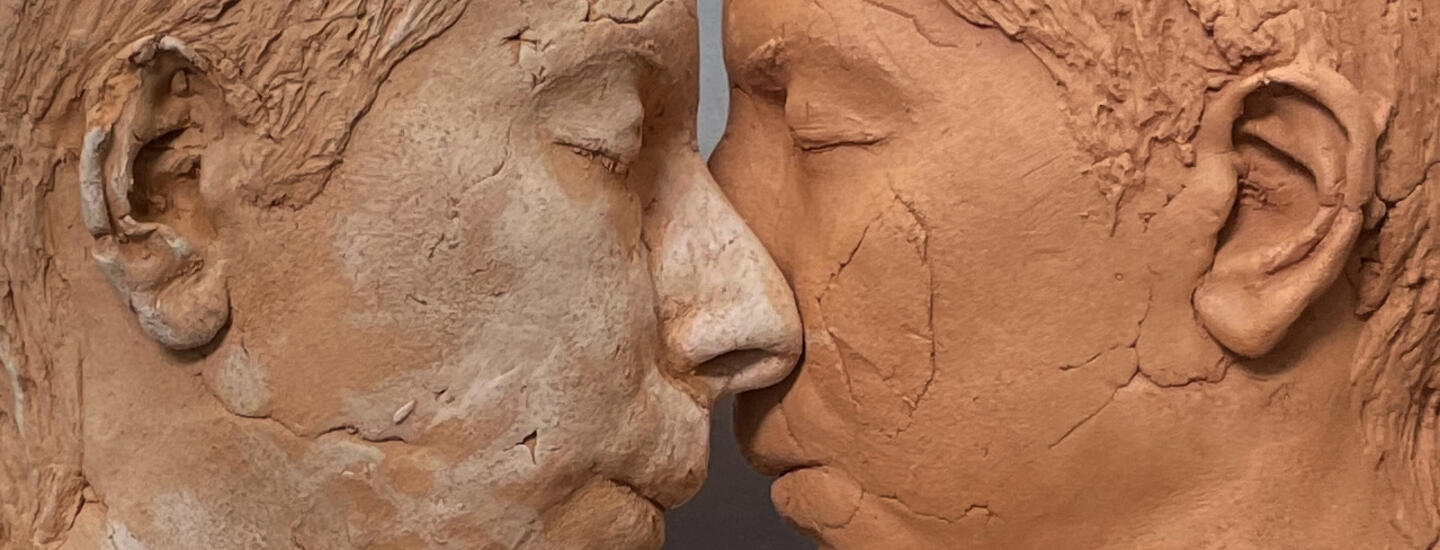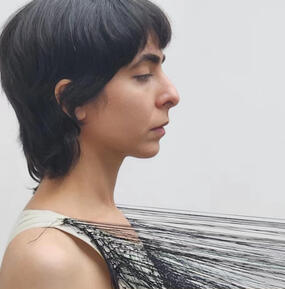
everything was once something else is a solo exhibition by the 2025-26 Wanlass Artist in Residence Roksana Pirouzmand, an Iranian multidisciplinary artist currently living and working in Los Angeles. This exhibition of new works considers Pirouzmand’s ongoing inquiry into transformation, interconnectedness, and impermanence.
Exploring the materiality of clay and metal, both born of nature and shaped by fire, Pirouzmand considers their contrasting character—one absorbent, the other reverberant. Presented across two galleries—OXY ARTS and JOAN—the exhibition features a series of new sculptural works that are linked across the two venues through their vibration and sound. The works animate the often invisible kineticism of even the smallest movement, that can yield multi-sensorial ripple effects across time and space, giving form to our understanding of matter, energy and connection.
This exhibition and related programming are made possible by generous support from the Kathryn Caine Wanlass Charitable Foundation.

